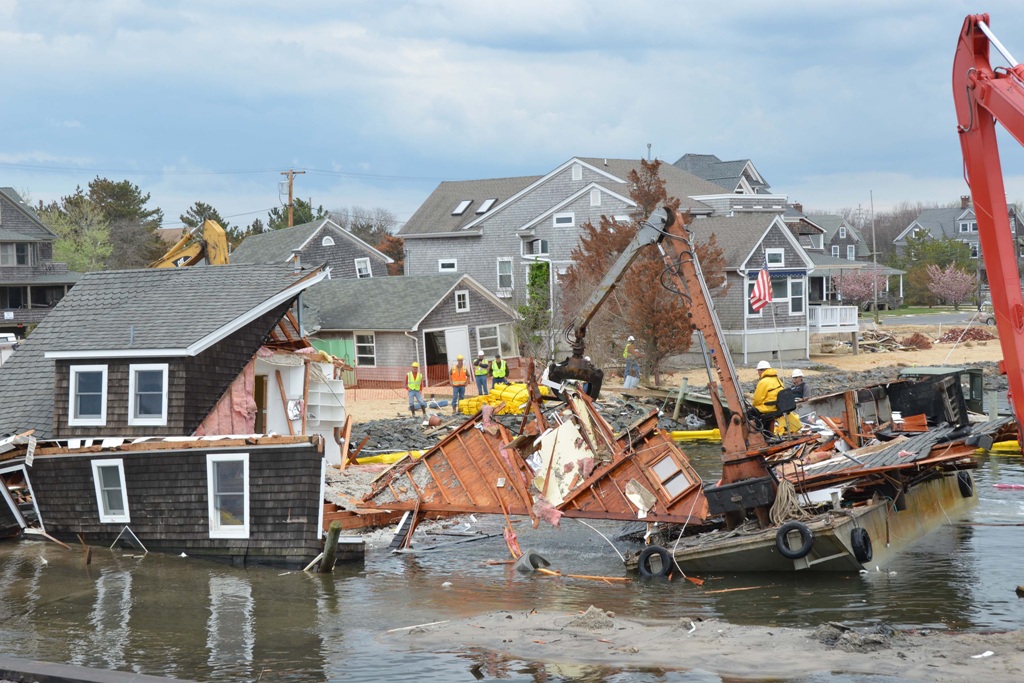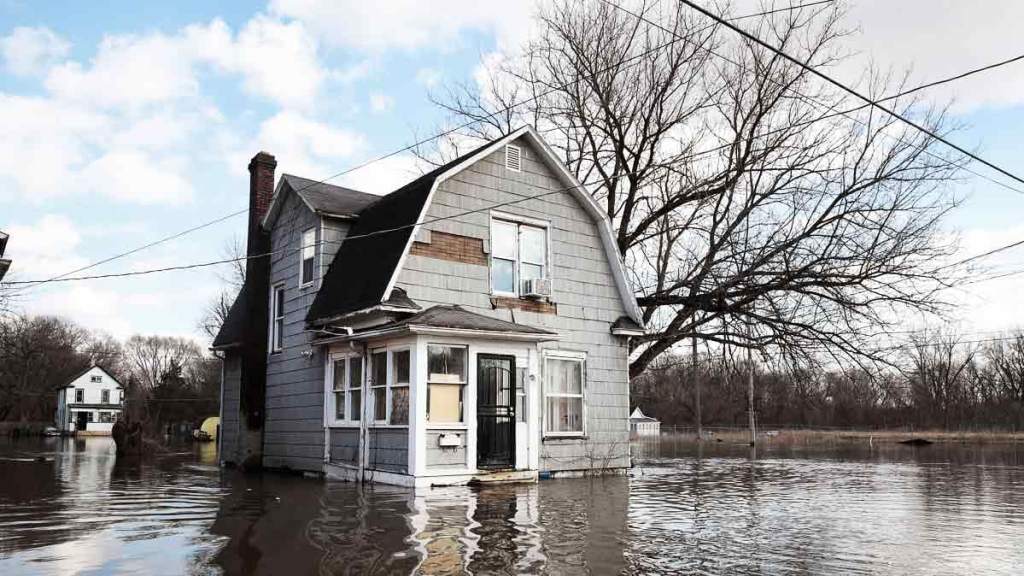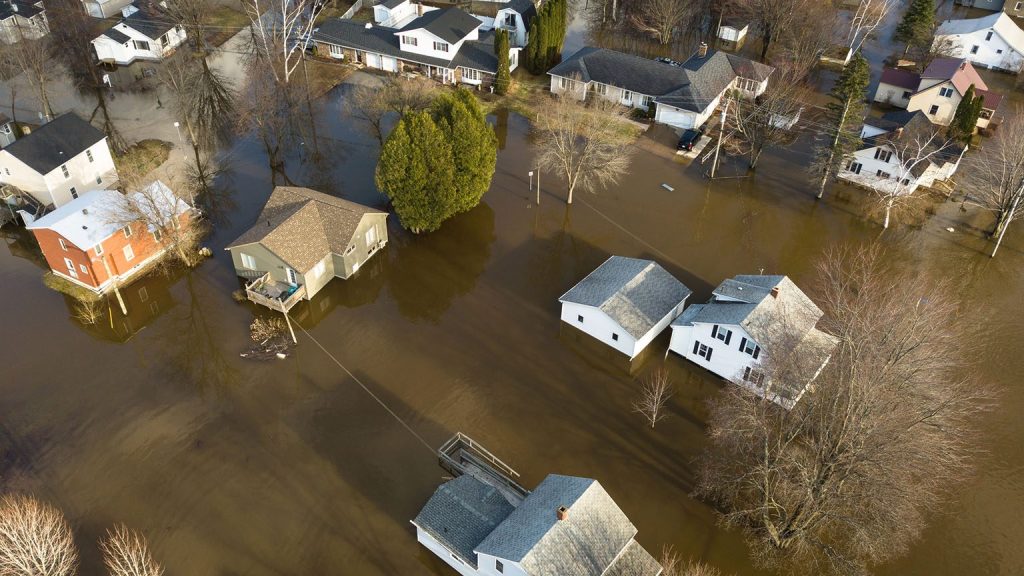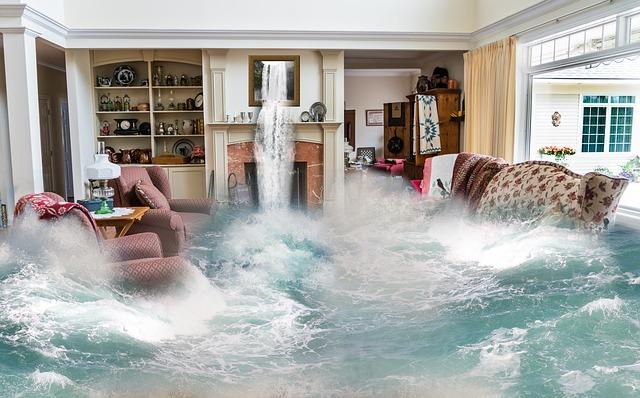If you’re a homeowner, you’ve probably heard of flood insurance. But just how does flood insurance work? Here’s a complete guide.
FEMA has processed 2.4 million flood-damage claims since the 1970s.
You may have wondered if you need flood insurance. By doing a little research, you discover that your home is in a flood plain and at risk of flood damage.
Upon checking with your homeowner’s insurance company, you discover that your policy doesn’t include water damage.
You’re mortified.
Now, you’re scrambling to find a policy that will protect not only your home but also your personal belongings.
You know you need it, but now you’re wondering, “how does flood insurance work?”
What Causes Flood Conditions?

A variety of circumstances can cause dangerous flood conditions that have the potential to harm your home.
Many people think heavy rain that doesn’t absorb into the ground is the only cause of flooding, but that isn’t true. Overflow of lakes, rivers, and streams, or runoff from mountains also result in flooding.
If you live in a new development, there is a chance that construction will chance the natural drainage of water. The new direction of water poses a potential threat.
Think about it: roads and sidewalks cannot absorb water. Also, construction sites are usually barren, so there are no trees or vegetation to absorb water. Under these conditions, water flows faster and in new directions.
After a Flood: How Does Flood Insurance Work?
Flood insurance exists to protect your home and its contents from water damage in the event of a flood. What constitutes a flood that insurance will cover? If two or more acres of dry land is covered in water, this creates a flood event.
The National Flood Insurance Program
The National Flood Insurance Program (NFIP) offers flood insurance to at-risk communities. They provide coverage for up to $250,000 for the structure of the home and $100,000 for any personal possessions.
The NFIP also provides replacement cost coverage. The policy will cover the costs to rebuild your home to its pre-flood state.
This coverage is excellent; however, the NFIP will only provide the current value of your possessions. The money you receive from them may not cover the costs to replace all of your belongings.
Homeowners, business owners, and even renters purchase NFIP policies through local insurance agents. Landlords have the option to insure their property through a separate policy than a tenant’s.
Private Market Flood Insurance
Homeowners can now choose between two types of private market flood insurance.
Some private insurers offer “first-dollar” insurance. These policies are also called “primary flood insurance.” Similar to the NFIP policy, these policies cover the structure of your home and some belongings.
However, there is usually more coverage offered by private market insurers.
There is also excess flood insurance for homeowners who need additional protection. These excess policies go above and beyond a basic NFIP policy. You may have to purchase excess flood insurance if you live in a community that does not participate in the NFIP.

Specialized companies usually provide excess flood insurance through independent insurance agents. These agents have special arrangements with insurers to provide excess coverage to their clients.
The prices of these policies vary, so read this blog to get an idea of how much flood coverage will cost you.
What Does Flood Insurance Cover?
We’ve already discussed that flood insurance covers your structure and its contents. What does this mean, exactly?
The following are part of your home’s structure:
- Foundation
- Electrical and plumbing
- HVAC and furnace
- Appliances
- Water heaters
- Carpeting over unfinished flooring
The following are some of your home’s contents:
- Furniture
- Electronics
- Dishwaters
- Microwaves
- Portable AC units
- Clothing
- Carpeting
Each policy is different, so look closely at the policy’s specific categories of home contents. Know the estimated value of items for each category. Each group has a limit, so familiarize yourself with those, too.
Unfortunately, some categories will have limits that are below the value of possessions that qualify. This is usually true for luxury items such as artwork and furs.
In some cases, you will want to ask your agent if there is additional contents coverage available to purchase.
Exclusions and Limitations
Take a careful look at your policy to determine what is not covered by flood insurance.
In most cases, the following items are not covered by basic flood insurance policies:
- Mold/mildew damage not proactively prevented by the homeowner
- Currency
- Precious metals
- Paper valuables (such as stock certificates)
- Outdoor property (such as decks, fences, patios, landscaping, hot tubs, pools, septic
- systems, and wells)
- Living expenses (if your home is uninhabitable after flooding occurs)
- Vehicles (but you may be in luck with comprehensive auto insurance)
You’re lucky if you can find coverage for below-ground rooms such as basements, crawl spaces, and their contents. Sometimes items such as furnaces are included under building coverage.
If your washer and dryer are in a below-ground room, they will usually fall in the covered personal contents category.
Some personal items may not be protected by insurance if you store them in below-ground rooms.
Why Isn’t it Included in Homeowners Insurance?
It may come as a surprise, but flood insurance is separate from your homeowner’s insurance policy.
Private insurers typically don’t cover flooding because it doesn’t make financial sense for them to do so. With their current business model, the risk is spread wide enough that more people are paying for a policy than collecting from one.

The number of people who are willing to pay for added flood coverage won’t pay enough to cover the costs the insurance company will pay out in claims. The insurance company will almost always lose money, and that’s not what they’re in the business to do.
How Do You Buy a Flood Insurance Policy?
Now that you’ve answered the question, “how does flood insurance work?”, you may be ready to buy a policy.
The first step is to find a local insurance agent that makes you feel comfortable. Talk to them about your home–where it is and whether there is a risk of flooding. Be prepared to ask questions to make sure you understand the level of coverage and any exclusions and limitations of your potential flood insurance policy.
Your agent will help you make the right choice to protect the structure and contents of your home.
Unfortunately, a flood is not the only threat of water damage to your home. Armed with new knowledge, take the time to review your homeowner’s policy and familiarize yourself with those coverages, as well.
Please browse the rest of our articles for information on home improvement, design inspiration, and more!






